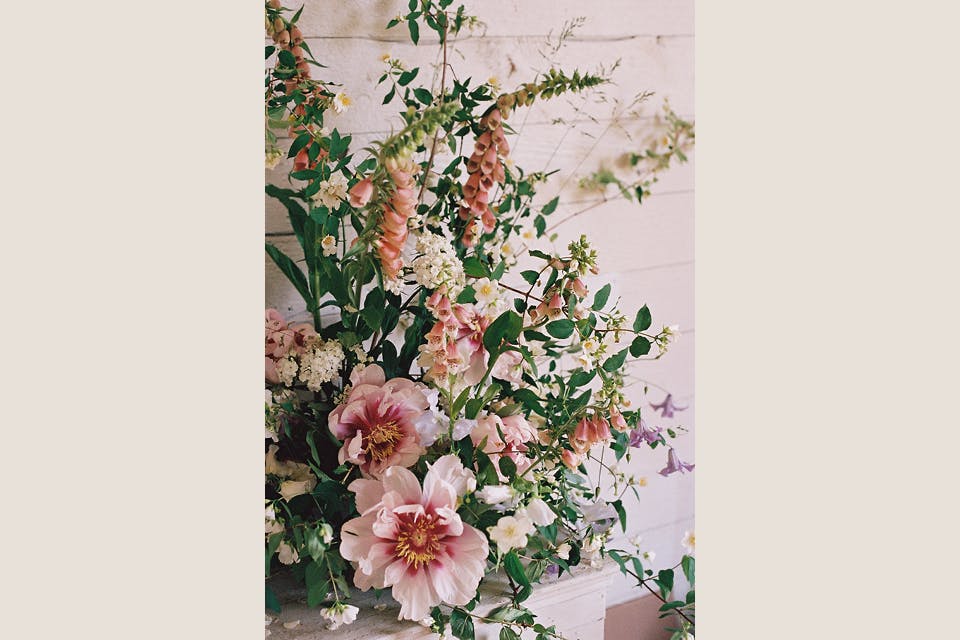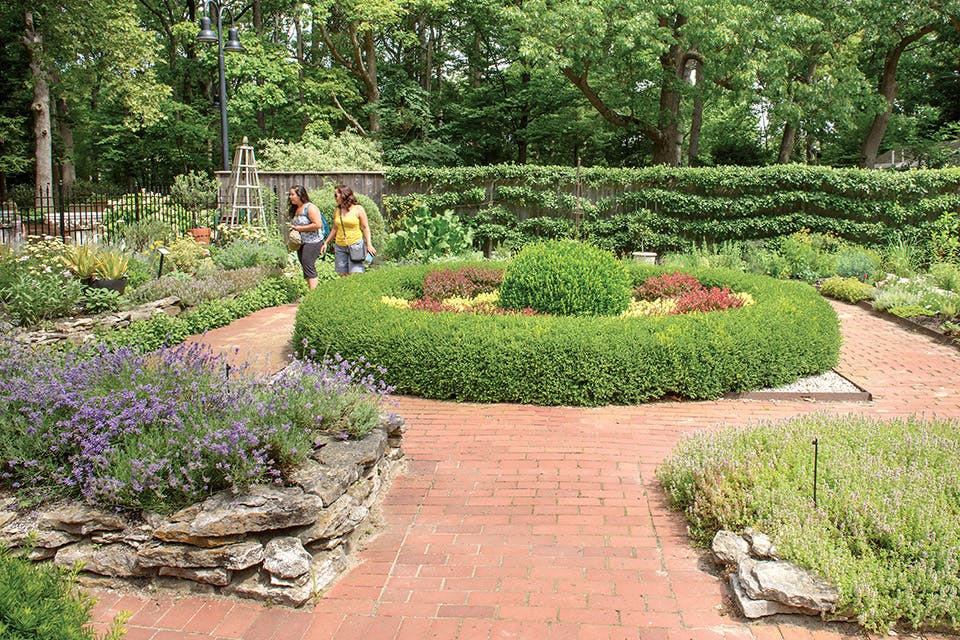Ohio Life
My Ohio: Legacy in Bloom
A serendipitous discovery introduces a wildflower lover to a fellow devotee.
Related Articles
.jpg?sfvrsn=24e8b738_7&w=960&auto=compress%2cformat)
See 500,000 Tulips in Bloom in Granville
Visit Timbuk Farms & Garden Center this April for the the annual Tulip Festival season. READ MORE >>

Old Slate Farm, Mount Vernon
Katie and Brad Carothers grow beautiful flowers that they turn into romantic floral designs for weddings and other events. READ MORE >>

Toledo: Birds, Boats & Blooms
From exploring the Great Lakes to spotting birds at Woodlawn Cemetery & Arboretum, Toledo offers a variety of ways to connect with nature. READ MORE >>


